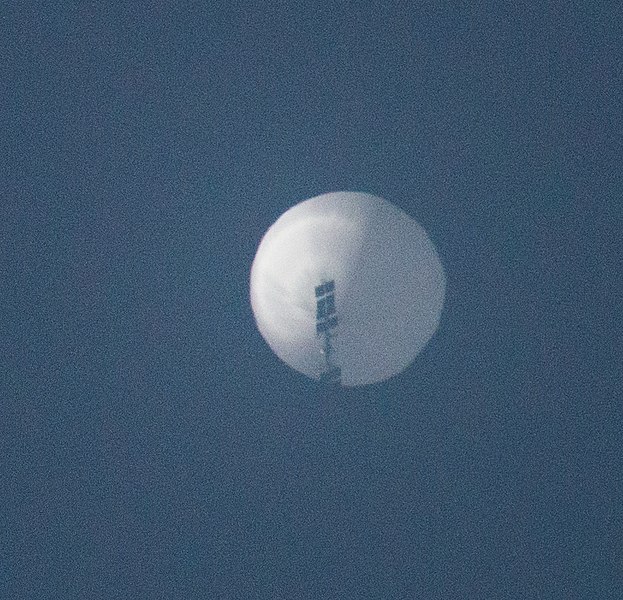Mantle (MNT) Price Hit Hard After TVL Drops from All-Time High
The post Mantle (MNT) Price Hit Hard After TVL Drops from All-Time High appeared on BitcoinEthereumNews.com. Mantle (MNT), an Ethereum layer-2 (L2) project, has recently gained widespread attention. MNT, its native cryptocurrency, has also outperformed tokens from other blockchains in the same category. However, this analysis focuses on a recent change. Fall in Mantle TVL Drives Ripple Effects on the Network According to DeFiLlama, Mantle’s Total Value Locked (TVL) reached an all-time high of $636.50 million on July 24. TVL, as it is commonly called, measures the value of assets locked or staked in a protocol. The higher the TVL, the more trustworthy a network is perceived to yield gains. However, if the TVL decreases, it implies that market participants are withdrawing previously-locked tokens. Seven days after reaching the peak, Mantle’s TVL has decreased to 589.13 million. The decrease highlights the growing prevalence of lower benefits and proceeds on the lending, staking, and cross-chain protocols developed under Mantle. Read more: What Is Mantle Network? A Guide to Ethereum’s Layer 2 Solution Mantle Total Value Locked. Source: DeFiLlama The decrease also seems to have affected MNT’s price. Some days ago, the cryptocurrency’s price climbed by double digits. But afterward, profit-taking tanked the upswing. Since then, MNT has struggled to rebound, as it trades at $0.75 at press time. Additionally, data from IntoTheBlock indicates that Mantle network activity has faced challenges in recovering. To gain a clearer understanding of the network’s activity, BeInCrypto examines the condition of active and new addresses. In simple terms, active addresses estimate the number of users on a blockchain. If the number increases, it implies that there is a lot of interaction with the native token, and this could be bullish for the price. A decline in the metric implies otherwise. New addresses, on the other hand, track the number of first-time transactions on the blockchain. As a measure of traction, an uptick in…

The post Mantle (MNT) Price Hit Hard After TVL Drops from All-Time High appeared on BitcoinEthereumNews.com.
Mantle (MNT), an Ethereum layer-2 (L2) project, has recently gained widespread attention. MNT, its native cryptocurrency, has also outperformed tokens from other blockchains in the same category. However, this analysis focuses on a recent change. Fall in Mantle TVL Drives Ripple Effects on the Network According to DeFiLlama, Mantle’s Total Value Locked (TVL) reached an all-time high of $636.50 million on July 24. TVL, as it is commonly called, measures the value of assets locked or staked in a protocol. The higher the TVL, the more trustworthy a network is perceived to yield gains. However, if the TVL decreases, it implies that market participants are withdrawing previously-locked tokens. Seven days after reaching the peak, Mantle’s TVL has decreased to 589.13 million. The decrease highlights the growing prevalence of lower benefits and proceeds on the lending, staking, and cross-chain protocols developed under Mantle. Read more: What Is Mantle Network? A Guide to Ethereum’s Layer 2 Solution Mantle Total Value Locked. Source: DeFiLlama The decrease also seems to have affected MNT’s price. Some days ago, the cryptocurrency’s price climbed by double digits. But afterward, profit-taking tanked the upswing. Since then, MNT has struggled to rebound, as it trades at $0.75 at press time. Additionally, data from IntoTheBlock indicates that Mantle network activity has faced challenges in recovering. To gain a clearer understanding of the network’s activity, BeInCrypto examines the condition of active and new addresses. In simple terms, active addresses estimate the number of users on a blockchain. If the number increases, it implies that there is a lot of interaction with the native token, and this could be bullish for the price. A decline in the metric implies otherwise. New addresses, on the other hand, track the number of first-time transactions on the blockchain. As a measure of traction, an uptick in…
What's Your Reaction?







![Best Times to Post on YouTube in 2025 [Research]](https://www.hubspot.com/hubfs/best-time-to-post-youtube.jpg)

![12 Web Design Best Practices & Guidelines for Usability in 2025 [+ Expert Tips]](https://www.hubspot.com/hubfs/website-design-1-20241121-4075840.webp)










































































